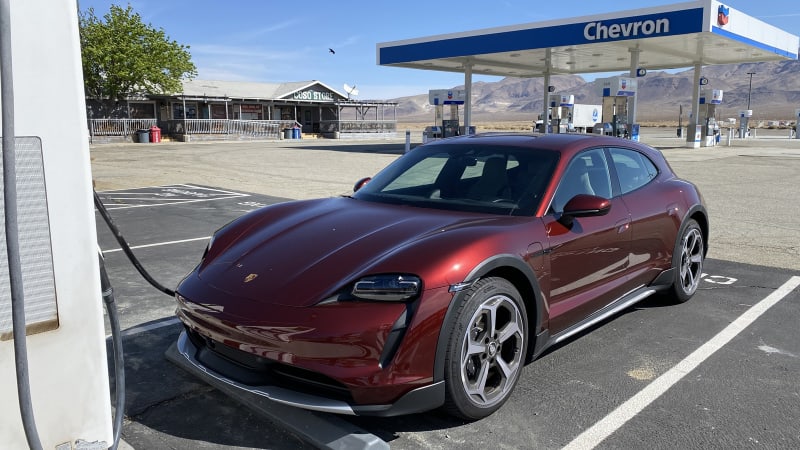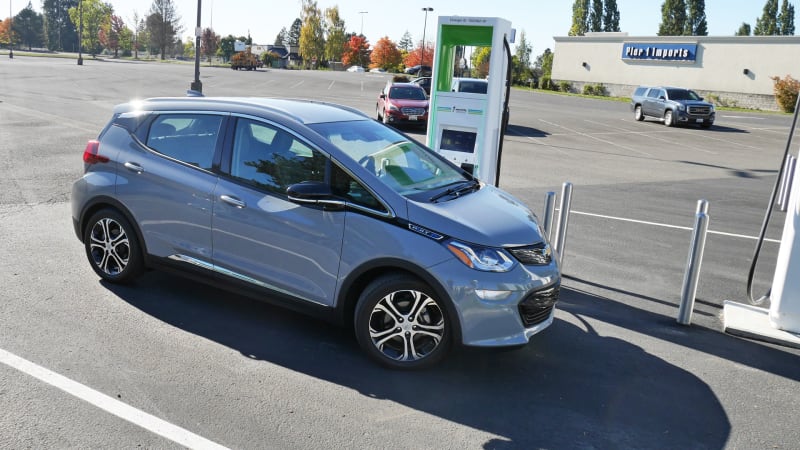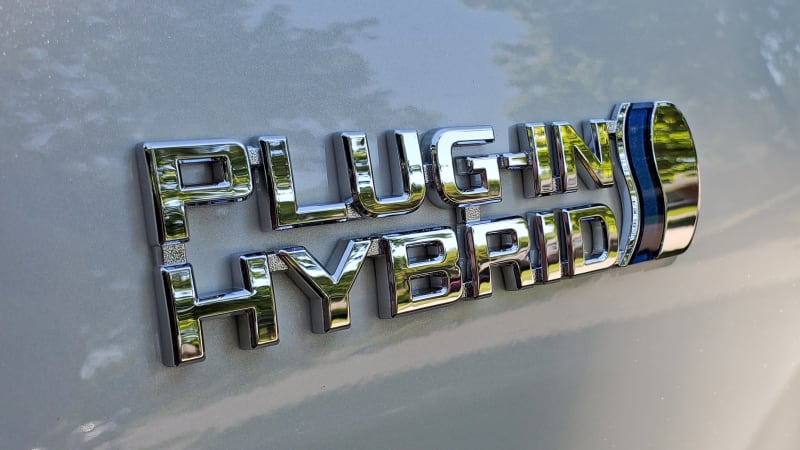Next week I’m going to drive with my wife, nine-month-old son and two dogs from Portland, Ore., to Los Angeles. It’s a journey that’s nearly 1,000 miles and will take about 16 hours. There is no scenario in which I’d make the journey in an electric car or SUV.
Even with Tesla’s widespread Supercharger network providing free electrons, we’d still be stuck sitting in the parking lot of a Chili’s for some interminably long time waiting for the thing to recharge. And that’s if a charger was even available. The situation with other cars and other charger networks is worse.
Now, could 800-volt fast charging improve the situation? Could more choices of charger locations make sitting around more appealing? Yes and yes, but that’s not the situation right now.
However, I am not here to torpedo electric cars. I am also not here to recommend buying a Suburban for the two long-haul journeys you make every year and then needlessly burning vast amounts of gasoline 355 other days. There is already a smart solution, even if it’s a stop-gap one, that isn’t getting enough attention as a solution to reducing one’s carbon footprint and not sentencing you to an hour waiting around in a parking lot while your baby cries and gas-powered cars zip off after a quick splash at Chevron.
I’m talking about plug-in hybrids. For the vast majority of daily driving, they operate as electric cars, recharged at night by your home’s power supply. Even those with a paltry amount of electric range like the 18-mile Volvo XC90 Recharge would be enough to cover a typical commute, but it’s really longer-range options like the 32-mile Chrysler Pacifica Hybrid and 42-mile Toyota RAV4 Prime that make the strongest cases for themselves. With that much juice available, you could go months without refueling. I know we would.
And, should you need to go further, you don’t need to scout out charging locations along the way or worry if your hotel will have one available upon your arrival. Plug-in hybrids can run on gasoline, so recharging along the way would be nice but not necessary. They’re also incredibly efficient gasoline-powered vehicles, even with their electric range exhausted. Your bladder is going to run out of space long before the RAV4 Prime exhausts its 600 miles of total range.
Electric car devotees are quick to decry plug-in hybrids since they still burn gasoline. Yet, this all-or-nothing position is counterproductive to the larger cause. Plug-in hybrids can run on gasoline, but in the typical use case, they rarely do. They’ll mostly travel around on battery power, which will save a massive amount of CO2 from entering Earth’s atmosphere. And in many cases, those savings never would’ve happened without the presence of that gasoline engine: Most buyers would have instead gone with a pure gasoline vehicle or at best, a traditional hybrid. I’m definitely not alone in my hesitancy to make longer journeys with an electric car.
Now, plug-in hybrids are quite obviously more complex than either strictly gas or strictly electric vehicles. There are packaging issues and inefficiencies aplenty, although it’s probably not a bad thing that they have fewer batteries requiring the mining of rare metals. A perfect solution they are not, but they ultimately do the job of putting less CO2 in the atmosphere while also requiring less sacrifice and behavioral change from the car owner.
To be sure, sacrifice and behavioral change are an absolute necessity if humanity is to slow climate change, but as the coronavirus pandemic has made abundantly clear, there are vast numbers of humans who have no interest in sacrifice or behavioral change. If people won’t wear a mask to go into a Target, they aren’t going to wait for 45 minutes in its parking lot while their car recharges.
Related video:





